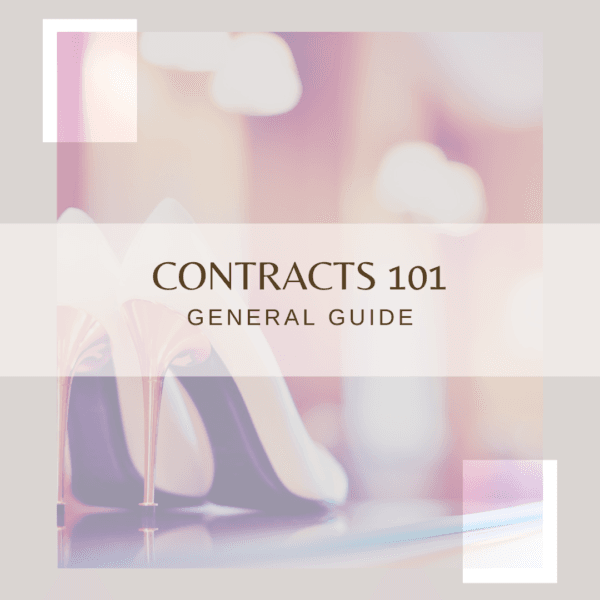Retail Strategy Definition
Every successful retail business follows a well-planned strategy. But what exactly does retail strategy mean, and how can it impact your business?
Whether you run an e-commerce store or a physical shop, having a structured approach to product selection, pricing, marketing, and operations helps you attract customers, increase sales, and build long-term success.

What Is a Retail Strategy?
A retail strategy is a step-by-step plan that businesses use to attract customers, optimize sales, and stay profitable. It includes:
- Product Selection & Inventory Management – Selling the right products at the right time.
- Pricing Strategy – Setting competitive prices that drive sales.
- Marketing & Branding – Reaching the right customers with the right message.
- Customer Experience & Sales Channels – Creating a seamless in-store or online shopping experience.
- Operational Efficiency – Managing costs, logistics, and staff effectively.
A retail strategy is the foundation of a successful business, guiding decisions on pricing, inventory, marketing, and customer engagement. A well-planned approach ensures consistency, improves efficiency, and helps businesses adapt to changing market conditions. By understanding key components like product selection, competitive pricing, and sales channels, retailers can create a strategy that aligns with their goals and customer needs.
Why Is a Retail Strategy Important?
Without a clear retail strategy, businesses often struggle with inconsistency in branding, which can confuse customers and weaken their market presence. Pricing mistakes are another common challenge, whether setting prices too high and driving customers away or too low and cutting into profits. Poor inventory management can lead to overstocked items that tie up capital or stock shortages that result in missed sales opportunities. Additionally, without a structured approach to marketing, businesses risk failing to reach their target audience effectively, ultimately slowing growth.
The Benefits of a Strong Retail Strategy
A well-defined retail strategy provides a clear framework for making informed decisions that align with business goals. It helps businesses attract the right customers with the right products at competitive prices while ensuring a seamless shopping experience that fosters customer loyalty. A strong retail strategy also improves inventory management, reducing excess stock and preventing shortages. By continuously adapting to market trends and consumer behavior, businesses can stay competitive and position themselves for long-term success.
How to Build a Successful Retail Strategy
Creating a strong retail strategy requires a structured approach that aligns with your business goals and customer needs. A well-executed strategy helps you maximize sales, improve customer experience, and maintain a competitive edge. Here’s how to develop a retail strategy that works.
Understand Your Target Audience
A successful retail strategy starts with a deep understanding of your customers. Who are they? What are their shopping habits, preferences, and pain points? By analyzing customer demographics, purchase behavior, and market trends, you can tailor your product offerings and marketing efforts to meet their expectations. The better you know your audience, the more effectively you can position your business.
Curate the Right Product Selection
Selecting the right products is critical to driving sales and maintaining profitability. Focus on items that align with customer demand, offer strong profit margins, and support your brand identity. Seasonal products, trending items, and exclusive collections can also help differentiate your business from competitors. Regularly reviewing sales data ensures that your inventory remains relevant and profitable.
Optimize Pricing for Profitability
Pricing plays a significant role in customer purchasing decisions and overall business success. Choose a pricing model that aligns with your brand positioning and market conditions. Cost-based pricing ensures profitability, competitive pricing helps you stay relevant in the market, and value-based pricing allows you to charge according to perceived customer benefit. Testing different pricing strategies and analyzing customer response can help you find the right balance between profitability and competitiveness.
Develop a Multi-Channel Sales Strategy
Retail success often depends on being where your customers are. If you operate a physical store, consider expanding online to reach a broader audience. If you’re an e-commerce business, explore opportunities such as pop-up shops, marketplaces, or partnerships with other retailers. A seamless omnichannel experience—where customers can browse online, purchase in-store, or engage with your brand across multiple touchpoints—enhances convenience and increases customer loyalty.
Monitor Performance and Adjust Accordingly
Retail strategy is not a one-time effort—it requires continuous refinement. Regularly track key performance indicators (KPIs) such as sales data, customer feedback, website traffic, and conversion rates. Identify what’s working and where improvements are needed. Adjusting your product selection, pricing, marketing tactics, or sales channels based on data-driven insights will keep your business agile and competitive.
Common Retail Strategy Mistakes (And How to Avoid Them)
Even the best retailers can make strategic missteps that impact growth and profitability. Recognizing these common mistakes—and knowing how to correct them—can help you build a more effective retail strategy.
Skipping Market Research
Failing to understand your customers and competitors can lead to poor decision-making. Without insights into customer preferences, shopping habits, and industry trends, businesses risk offering the wrong products, targeting the wrong audience, or falling behind competitors.
Solution: Conduct regular market research, analyze customer feedback, and track competitor movements to stay ahead.
Setting the Wrong Prices
Pricing without data can hurt sales and profitability. Overpricing can drive customers to competitors, while underpricing can reduce margins and devalue your brand.
Solution: Use a combination of cost-based, competitive, and value-based pricing strategies to ensure a balance between profitability and customer appeal.
Neglecting Digital Marketing
In today’s retail landscape, relying solely on in-store promotions or word-of-mouth is not enough. Many businesses miss opportunities by not investing in online marketing, search engine optimization (SEO), or social media engagement.
Solution: Leverage digital platforms to reach new customers, drive online traffic, and increase brand visibility through content marketing, email campaigns, and paid advertising.
Inconsistent Branding
A fragmented brand identity can confuse customers and weaken brand recognition. If your messaging, visual identity, and customer experience vary across different platforms, you risk losing credibility.
Solution: Develop a strong brand voice and maintain consistency in design, tone, and messaging across all sales channels.
Poor Inventory Management
Failing to manage stock levels properly can lead to lost sales due to shortages or financial strain from overstocking.
Solution: Use inventory tracking systems to monitor demand, analyze sales trends, and implement a reliable restocking strategy to maintain optimal inventory levels.
Conclusion
A well-crafted retail strategy is more than just a plan—it’s the foundation for sustainable growth and long-term success. When your product offerings, pricing, marketing, and operations align with customer expectations, you create a seamless shopping experience that drives loyalty and profitability. A strategic approach allows businesses to adapt to changing market trends, stay ahead of competitors, and make informed decisions that fuel continuous growth.
Retail success requires ongoing planning, adaptability, and a deep understanding of what makes a strong strategy work. If you’re looking for a detailed breakdown of key retail strategy components, explore our Retail Strategy Definition Guide to gain deeper insights.
Whether you’re launching a new retail business or refining an existing one, having a clear and adaptable strategy ensures that every aspect of your business works together toward a common goal: increasing sales, enhancing customer satisfaction, and building a brand that stands the test of time.
Grow Your Retail Empire with Proven, Scalable Strategies
Discover three ways to elevate your business—choose the path that suits your goals best.
We’ll do the heavy lifting so you can focus on running your business.
You won’t be doing this alone; we’ll walk you through every step.
No Burpees, Just Flexing! Weekly Workouts for a Stronger Bottom Line.
Resources
The Retail Gym Your Weekly Business Workout
No sweat, just success! The Retail Gym is your weekly business workout designed to help you lift your retail strategies, tone your sales skills, and flex your competitive edge—without a single burpee.






